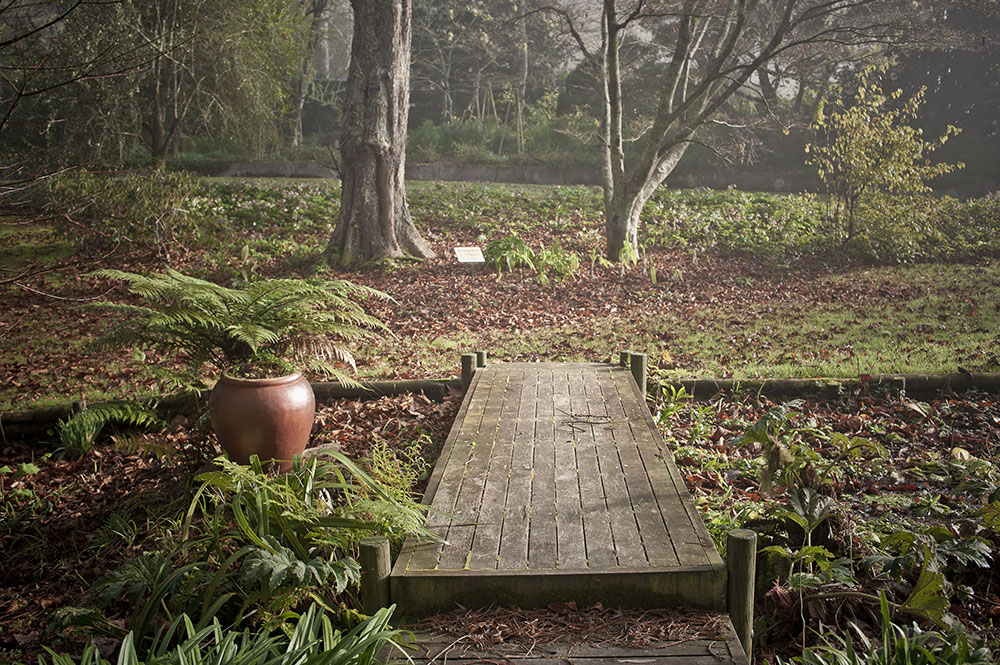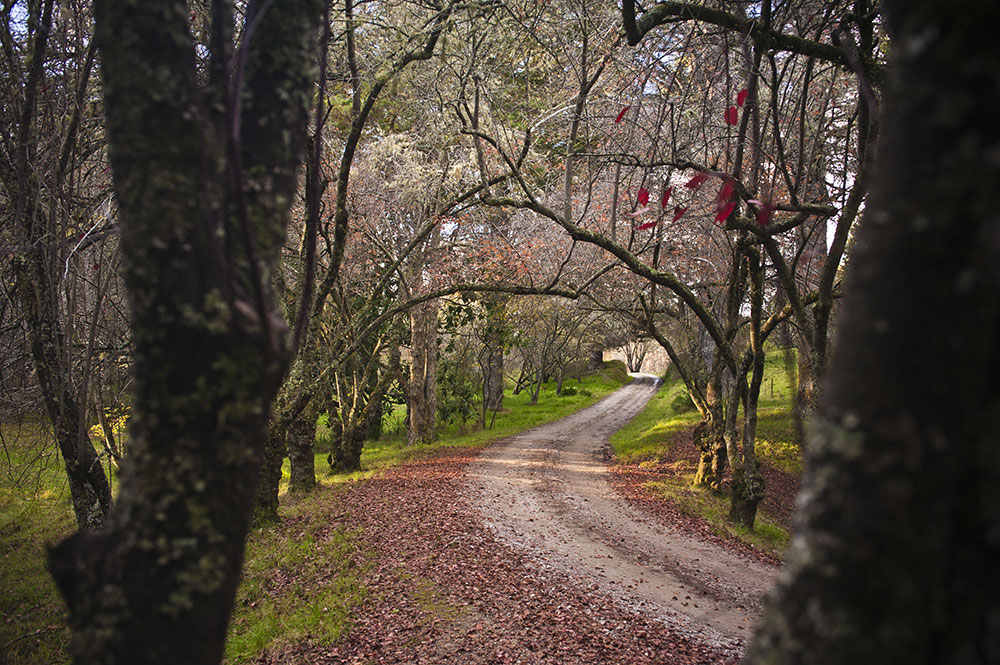Throughout the Arboretum magnificent Magnolias, Camellias and Rhododendrons take centre stage with their impressive blooms and array of colours. While the displays of yellow and white daffodils in the Daffodil Patch and Basinhead are equally enchanting.
The Arboretum’s more natural woodland areas provide a contrasting, but no less impressive, sight during spring. Here the freshness of new foliage on the deciduous trees is as lush as a tropical jungle.
Late winter and springtime attract a vast array of birdlife into the arboretum. Native Tui and Kereru (Wood Pigeon) feast on the spring fruit and blossom, and call to each other audibly as you walk through the park. Cheeky Fantails will also follow you through the arboretum, feeding on the insects you disturb as you wander through the paths.
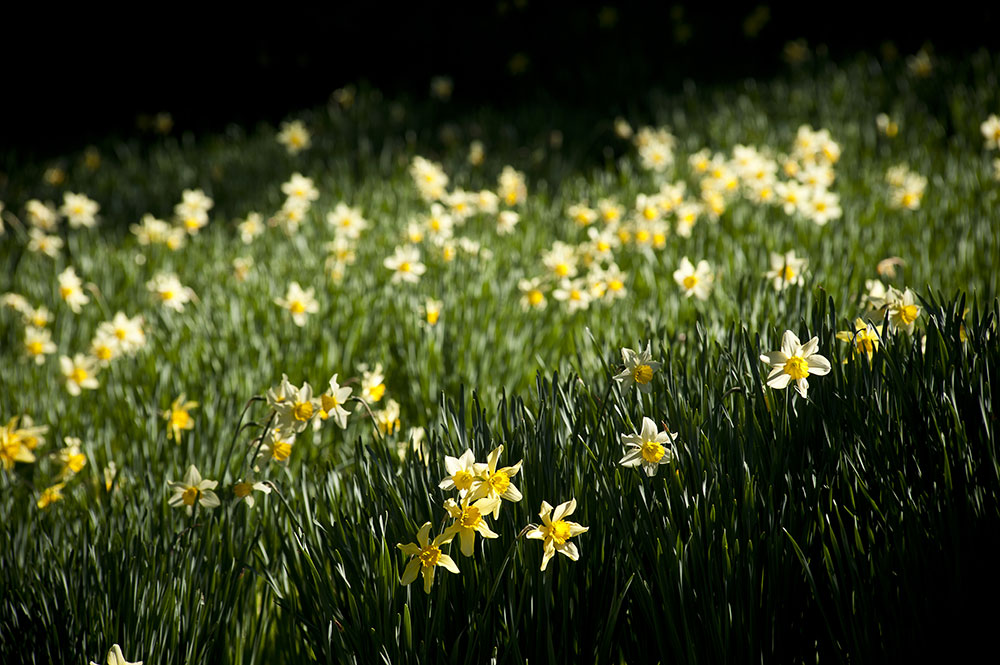
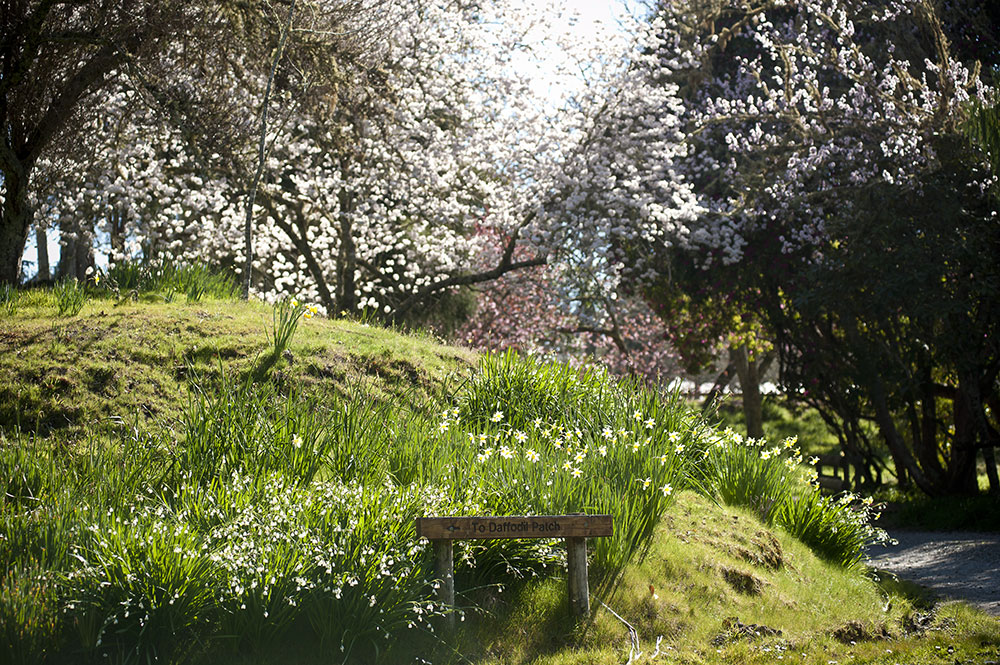
Although the overall impression may be one of an ocean of beautiful, lush green, those who hunt amongst the foliage will be rewarded with flowering highlights.
In late spring/early summer, one tree which comes into flower is the Evergreen Magnolia (Magnolia grandiflora). It produces lovely flowers and adds to the character and ambience of the Arboretum during the summer months.
But perhaps the most impressive summer collection in terms of the sheer number of flowers is that of the lime tree. While lime trees aren’t individually spectacular, they are so numerous at this time of the year that the air is heavy with their scent and the hum of bees gathering nectar can be heard from some distance. It’s worth visiting Eastwoodhill on a warm still day to experience their full effect and all that the arboretum has to offer during the summer season.
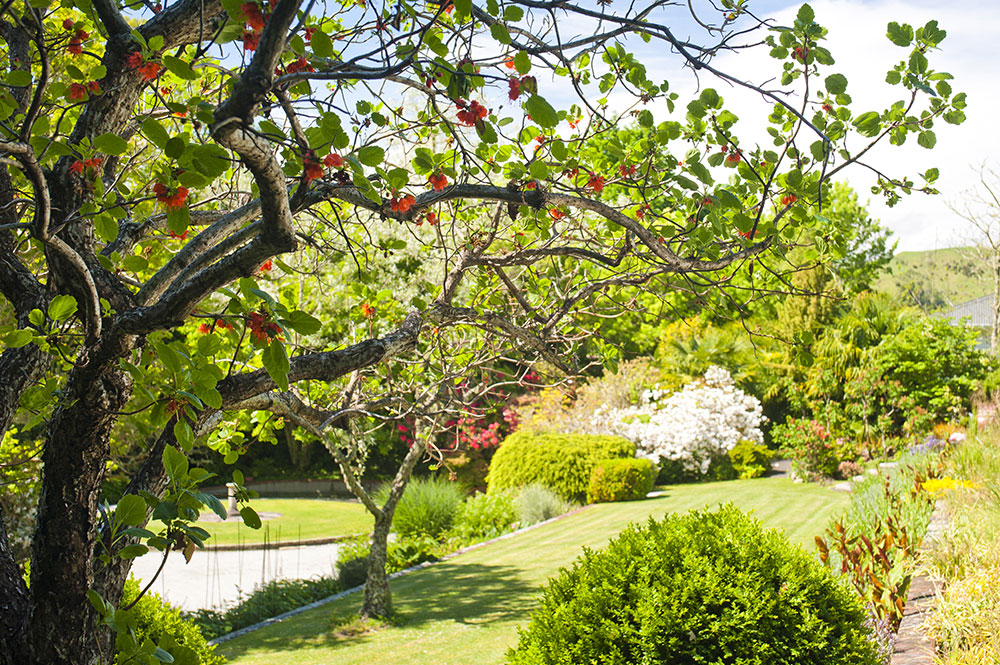
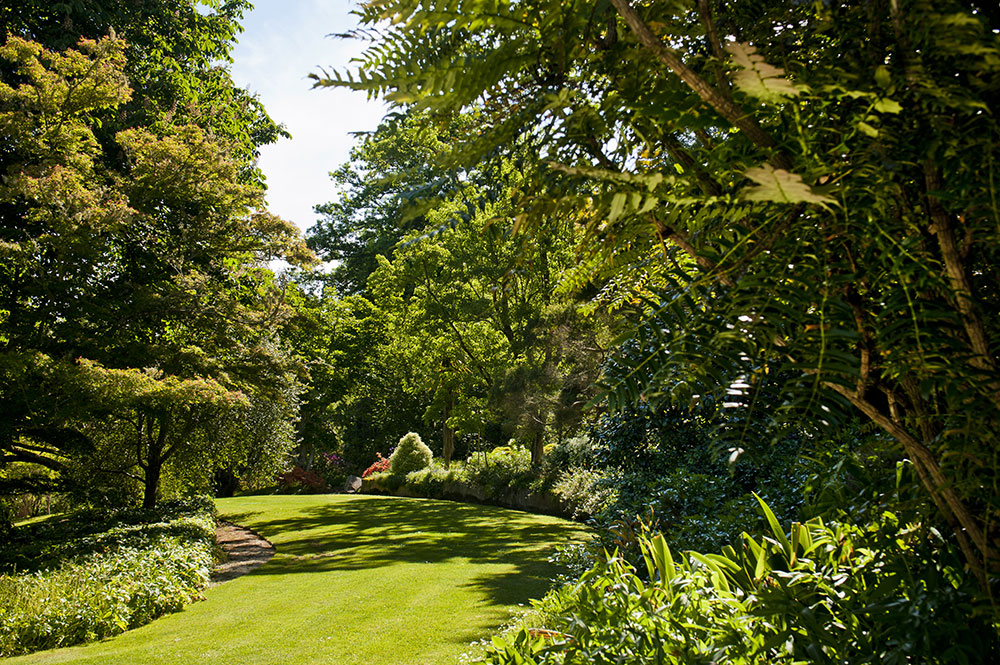
From mid-March (earlier in dry years), the hundreds of maples, liquidambars, and both the red and scarlet oaks provide a beautiful range of colours. From the deep butter yellows of the Persian Ironwood (Parrotia persica) and Yunnan Poplar (Populus yunnanensis), through to the orange, reds, and purple of the Liquidambar (Liquidambar styraciflua) and scarlet oaks (Quercus coccinea), tree-lovers are spoilt for choice.
The Japanese Maples are like beacons throughout the arboretum, particularly Osakazuki (A. palmatum) and Vitifolium (A. japonicum). In sheltered areas, these can last well into June.
The flowering cherries also end their season with leaves turning to a blaze of orange, purple, bronze and red. The crimson red foliage of the ornamental grape Vitis coignetiae stands in sharp contrast to the yellow of the Lombardy Poplars in The Circus.
Visiting Eastwoodhill during the autumn months means seeing the national arboretum at its most magnificent and is an opportunity not to be missed!
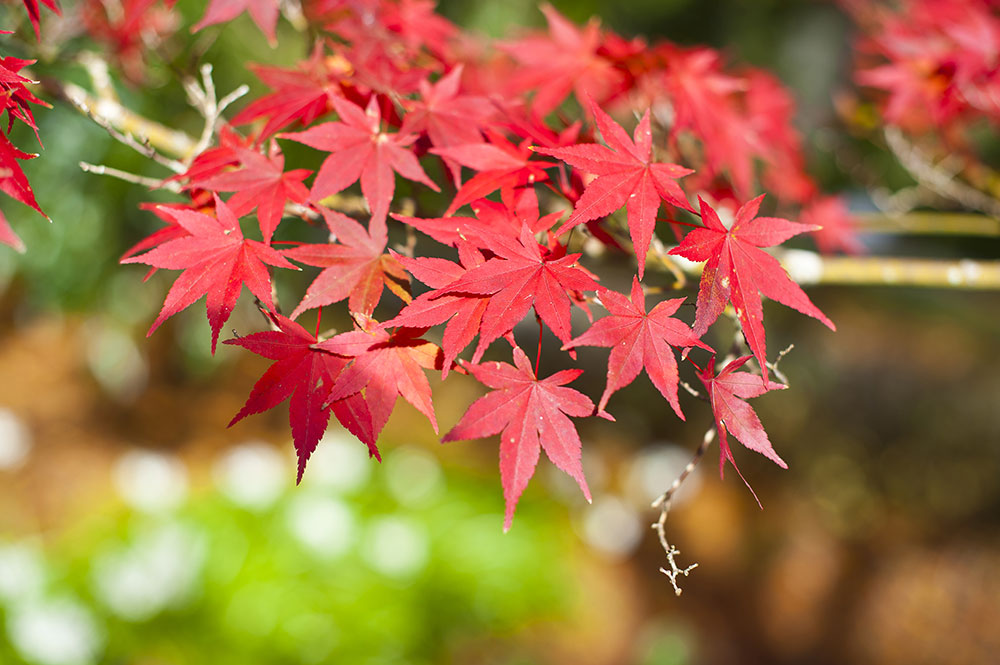
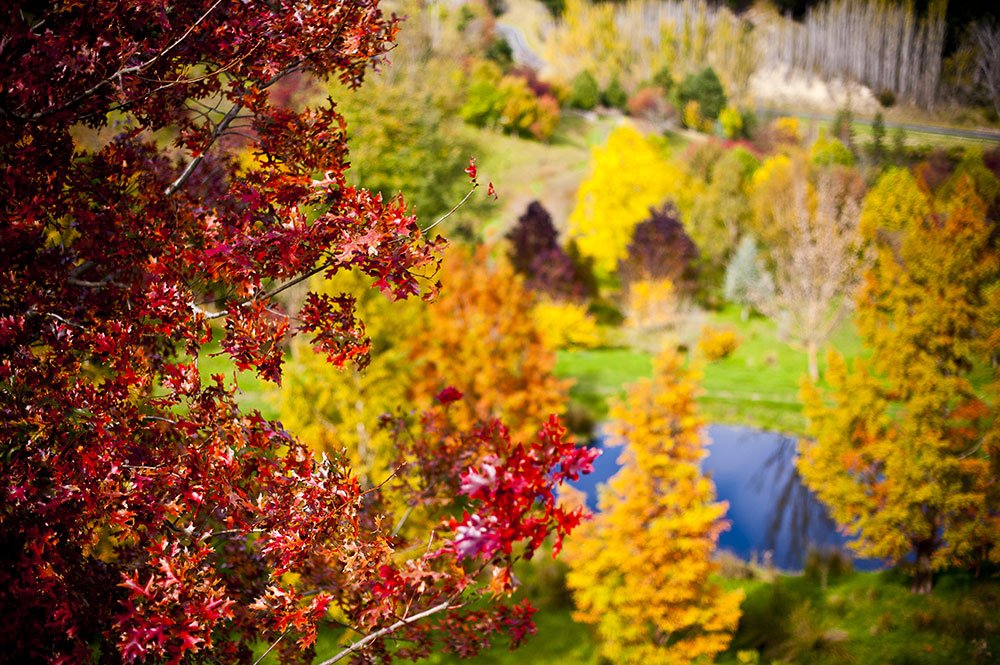
Textures, patterns and forms so often overlooked come to the fore. Piles of leaves litter the ground, much to the amusement of children, and the fresh winter air is infused with the scent of several flowering plants.
Wintersweet (Chimonanthus praecox), Witch hazel (Hamamelis mollis), and Daphne (Daphne odora) captivate the senses as you walk past. Thanks to the Camellia, one of Douglas Cook’s favourite trees, winter is never bleak. Camellia sasanqua and C. japonica flower in colours ranging from the purest white to the deepest purple.
